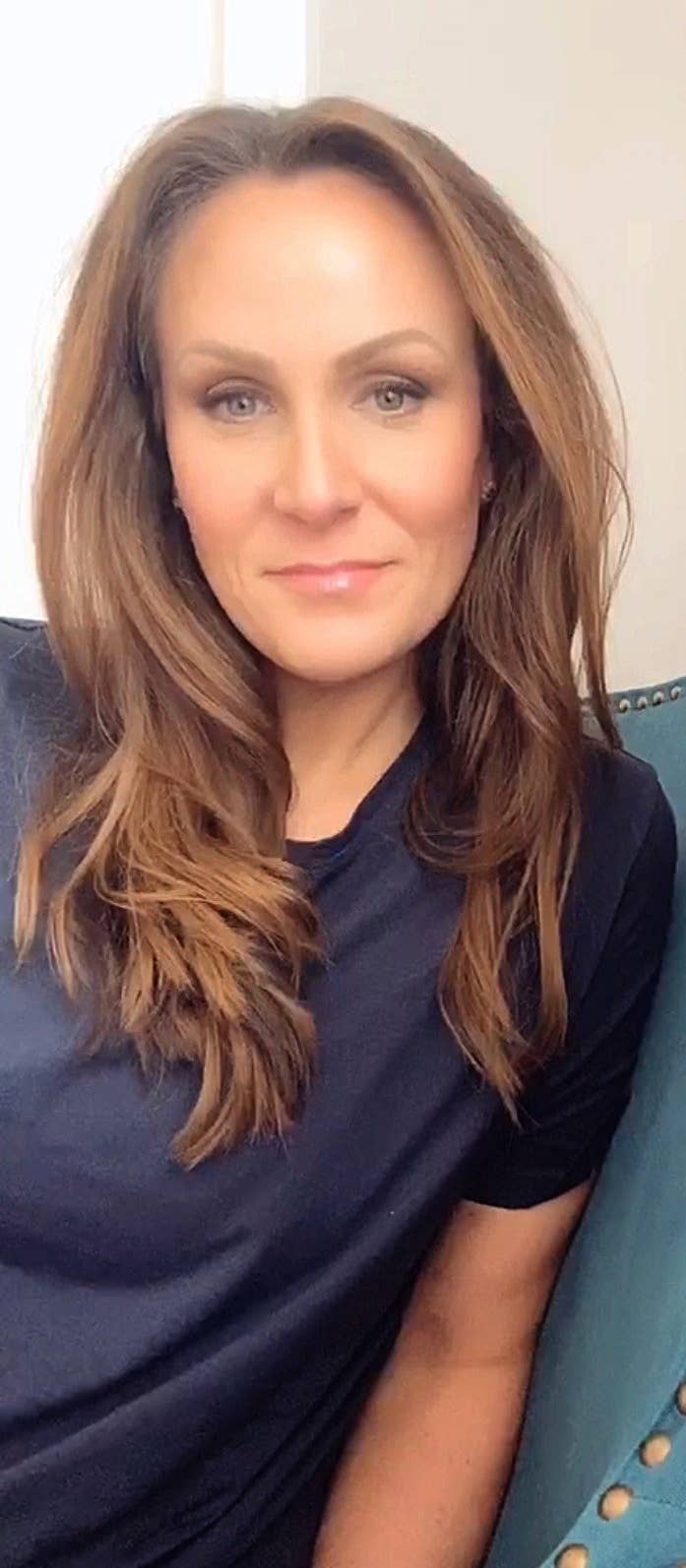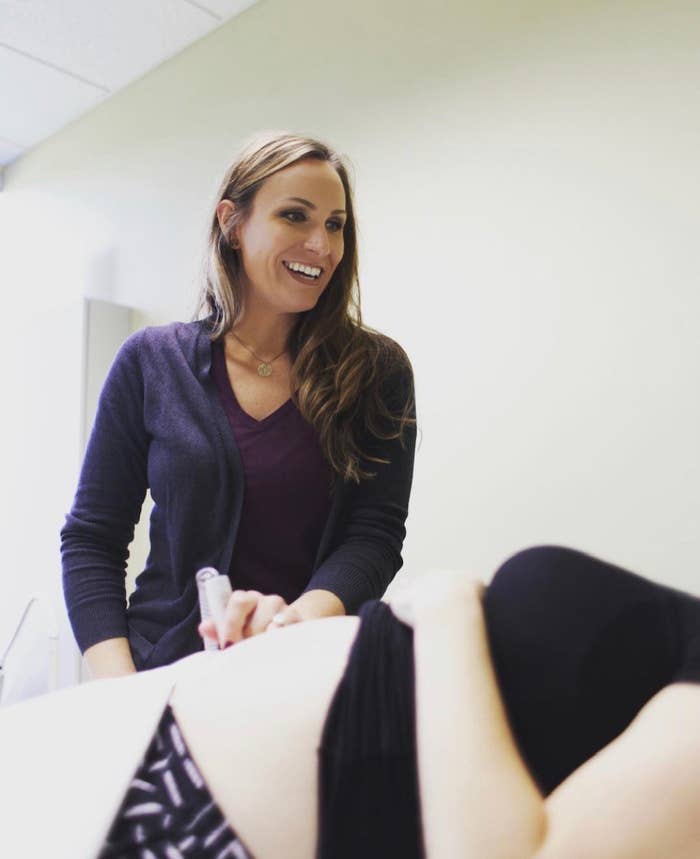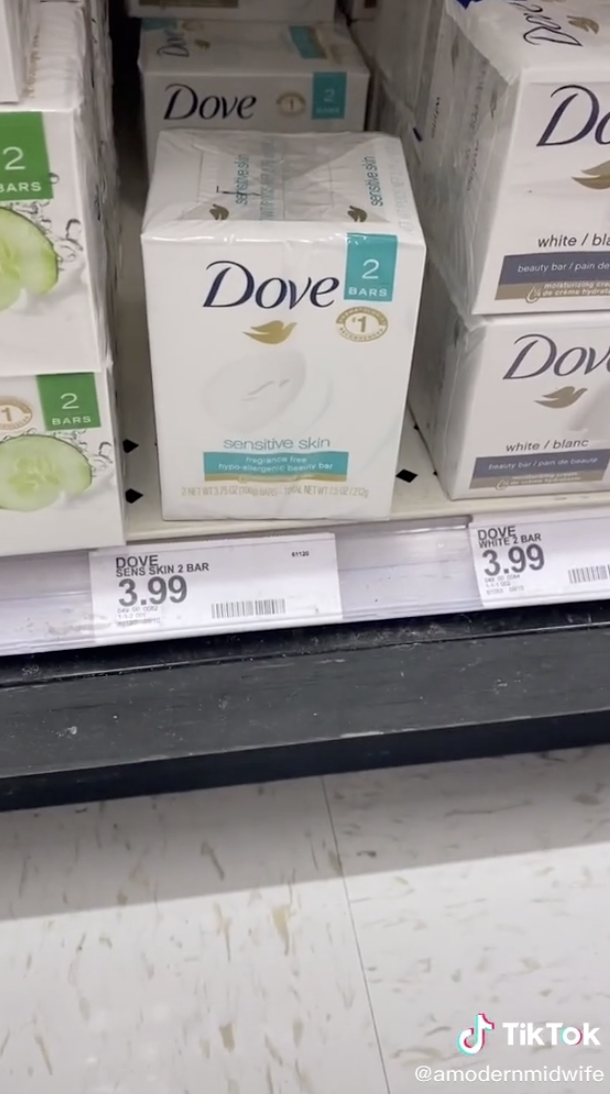Heather Helton is a certified nurse midwife who has worked in women's health for over 19 years.

BuzzFeed spoke to Heather, who said part of her job is providing annual exams to women — such as pap smears, pelvic exams, family planning, etc. "It’s not uncommon for women to come in with a new bump of some sort on their lady bits. This leads to questions like, 'What is this — is this herpes?' or 'How can I avoid getting razor burn?' It’s common in our culture to shave our pubic hair, but no one really talks about how to do it or how to troubleshoot doing it," she explained.

So, Heather decided to make a TikTok explaining what she believes is the safest way for people with vaginas to shave their pubic hair. She developed this method over the years, incorporating recommendations from other coworkers in the field:
(PSA: Whether or not you decide to shave your pubic hair is your personal choice — don't let anyone tell you otherwise!)
Her TikTok currently has over 5.3 million views and, judging by the comments, lots of people were never taught anything like this ~pube-shaving process~ before.

Heather gave us her step-by-step instructions below:
"If you’ve never shaved, trim the area prior to shaving. This can be done with scissors at home. Then, get in a warm shower — this helps soften the pubic hairs because they tend to be more course than other body hair. Wash the area with a plain, basic soap that doesn't have any perfumes or dyes. This helps remove any dirt or bacteria on the skin," explained Heather.

The next step is exfoliating. "This will help remove dead skin cells and help get a closer shave. A plain, basic exfoliant is best, but this just depends on what works best for each person," she added.

